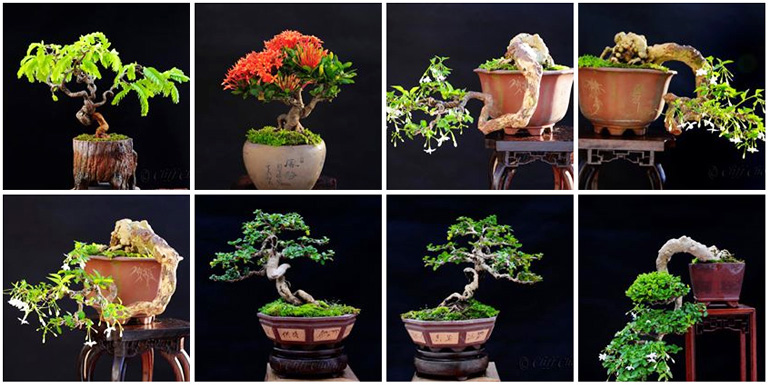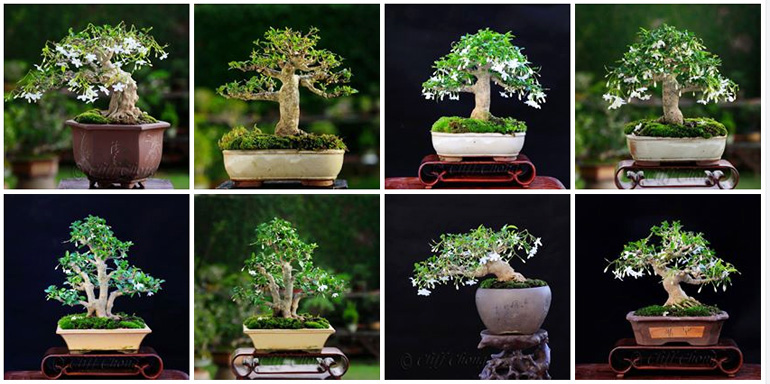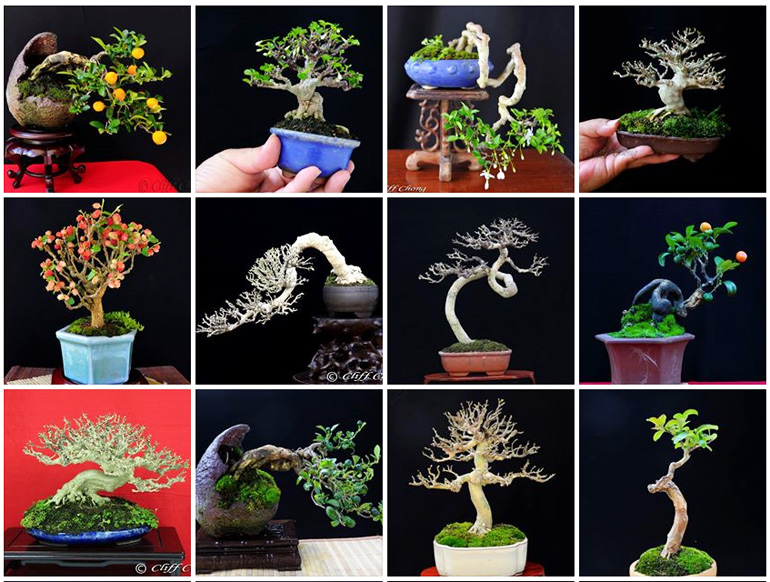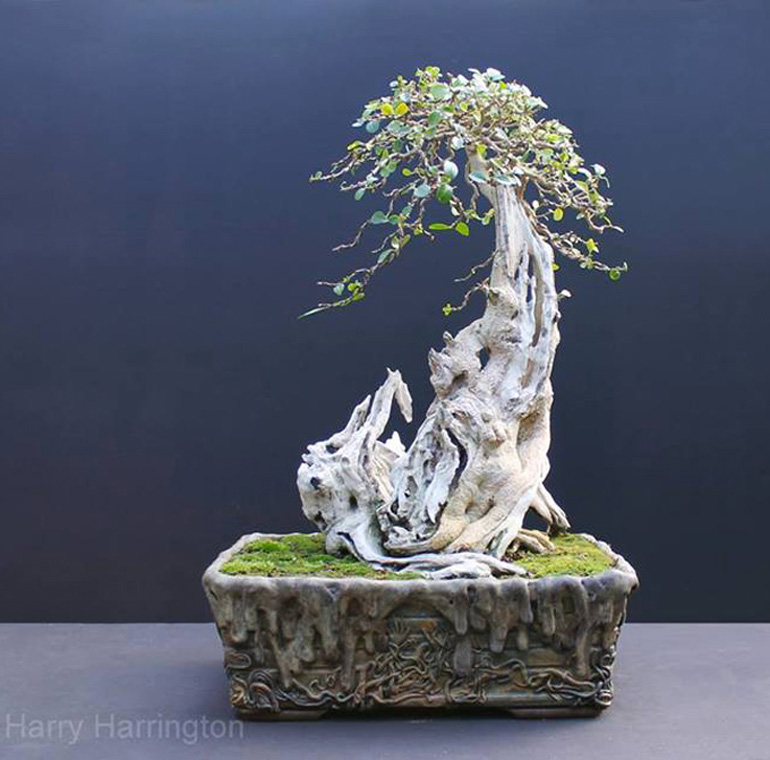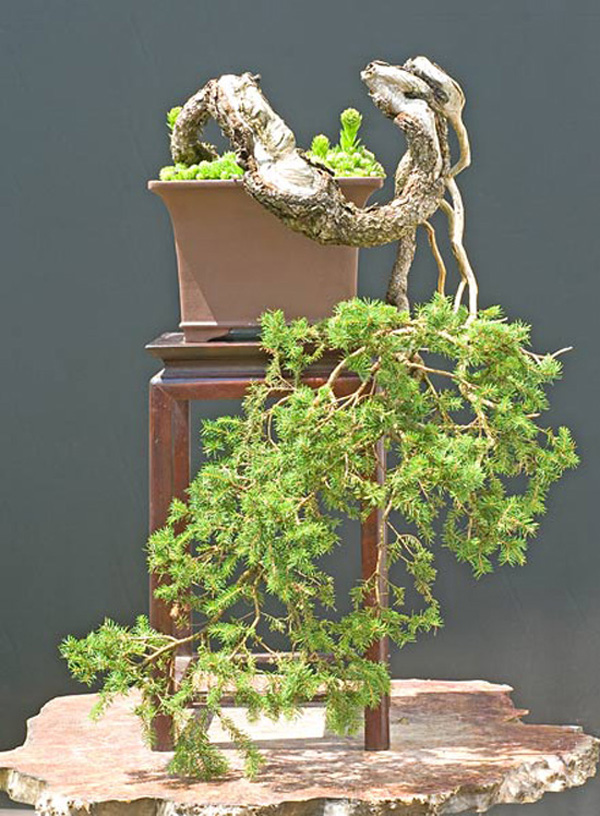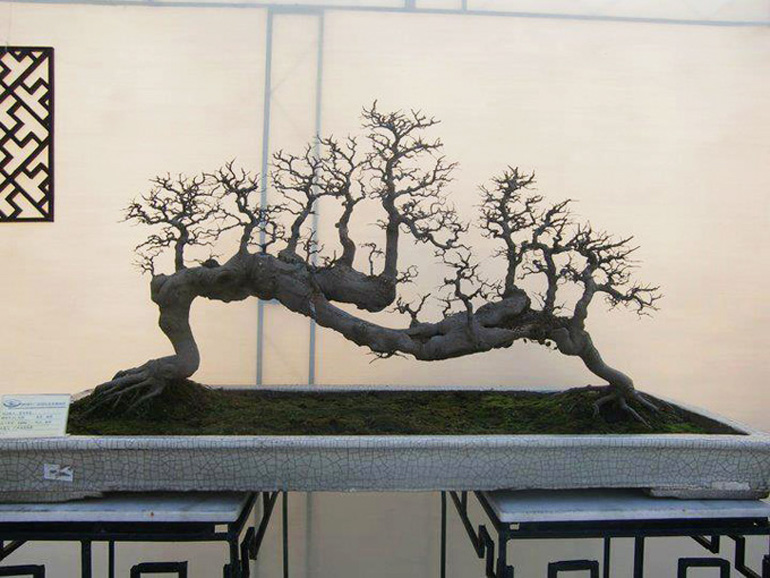 This shohin Carpinus coreana (Korean hornbeam) by Mario Komsta has appeared here on Bark before. As a companion plant no less (see below). No problem though. Any tree this good deserves to be shown more than once. As a companion or by itself.
This shohin Carpinus coreana (Korean hornbeam) by Mario Komsta has appeared here on Bark before. As a companion plant no less (see below). No problem though. Any tree this good deserves to be shown more than once. As a companion or by itself.
You might wonder why we’re headlining a dormant tree in mid-summer. Well, it’s a great tree and it goes with this post which has appeared twice already here on Bark (with some value added each time).
I have been trying to get a few of my trees to back bud lately. So far to no avail. But then, they are varieties that don’t readily show buds on old wood. One in particular is a promising Hinoki that has almost all its growth out at the tips of the branches. So I’ll keep trying.
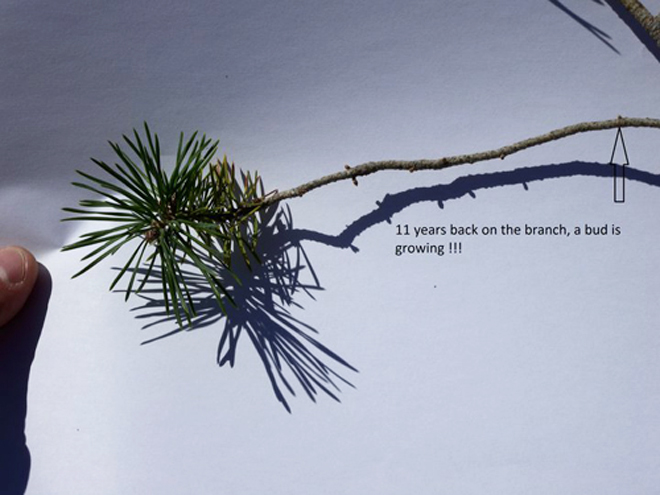
Speaking of Mario Komsta, this instructive photo about back budding, a lesser known benefit of fertilizing, is something he cooked up. I don't remember where I found it. It and the text below (edited just a bit) originally appeared here on Bark in October, 2010.
Fertilize! Skip ahead to the fourth point unless you are a beginner.
Many, if not most people under fertilize their bonsai. I imagine it’s laziness on some people’s part and ignorance on others (they’re related). There’s nothing we can do about the laziness part, but, maybe we can help with the ignorance.
First, we’ll state the obvious: fertilizing helps keep your bonsai healthy. Plants need a range of nutrients to sustain themselves, stay beautiful, help resist pests and disease and so forth.
Second, you don’t starve bonsai to keep them small. Bonsai are kept small by pruning (top and roots) and by growing in small containers.
Third (you’d be surprised how many people don’t quite get this): fertilizing encourages growth and growth is critical in developing quality bonsai. You want trunks to thicken, branches to develop, nebari to develop, and so forth. Unhealthy plants don’t grow much, or worse, their growth is leggy and weak (Note from 2015: there’s a lot more to say about this, like what kind of fertilizer, when, how much and etc, but we can’t say everything in one post. If you search fertilizing on Bark and elsewhere you’ll find a wealth of information. Be careful though! Not everything you read is true).
Fourth (the purpose of the photo above): ample fertilizing can encourage back budding (budding on old wood). Some trees don’t back bud easily (pines or hinoki for example) so they need some encouragement. In the photo above, Mario points out a bud that popped up on eleven-year-old wood (on a pine no less!). He attributes this not very common occurrence to fertilizing.
Here’s a comment from the original post by someone named Mark: “It doesn’t seem like 11 year old wood. And that’s exactly why the bud came out. Had the growth been strong, the wood would’ve mature and those sleeping buds would’ve had inactivated (for lack of a better word) long ago. Bottom line: it’s not an absolute age that’s the decisive factor. It’s all relative: one has to take other factors (besides age and fertilizing) into account.”
 A great companion for a very good Red pine. Here's the original caption from just over six years ago right here on Bark: The main tree in this display by Mario Komsta is a Japanese red pine (Pinus densiflora: Akamatsu in Japanese) and the secondary tree is a Korean hornbeam (Carpinus coreana: Iwashide in Japanese). The photo originally appeared in Bonsai Today issue 105 under the title; Dreams of Kokufu-ten - A Western Bonsai Artist Exhibits at Japan’s Most Prestigious Show.
A great companion for a very good Red pine. Here's the original caption from just over six years ago right here on Bark: The main tree in this display by Mario Komsta is a Japanese red pine (Pinus densiflora: Akamatsu in Japanese) and the secondary tree is a Korean hornbeam (Carpinus coreana: Iwashide in Japanese). The photo originally appeared in Bonsai Today issue 105 under the title; Dreams of Kokufu-ten - A Western Bonsai Artist Exhibits at Japan’s Most Prestigious Show.
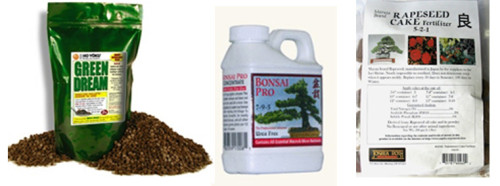
Three of our favorite fertilizers
Green Dream – Bonsai Pro – Maruta Rape Seed Cakes
One more thing about fertilizing. Virtually all bonsai should be generously fed in the summer. It’s a little different in the spring when you want to generously feed younger trees but wait on old well-developed tree until the summer to feed (fertilizing too early on old trees can force rapid growth and cause them to start looking young again).
This Tsukomo cypress-on-a-half-shell* is being offered for sale by Suthin Sukosolvisit. Before I read the variety I thought for sure it was a Hinoki cypress (same genus, Chamaecyparis, but different species), but I'll defer to Suthin's keen eye.
Sweet shohin. Before I look, I'll guess it's a Willow leaf ficus (I know, way too easy).


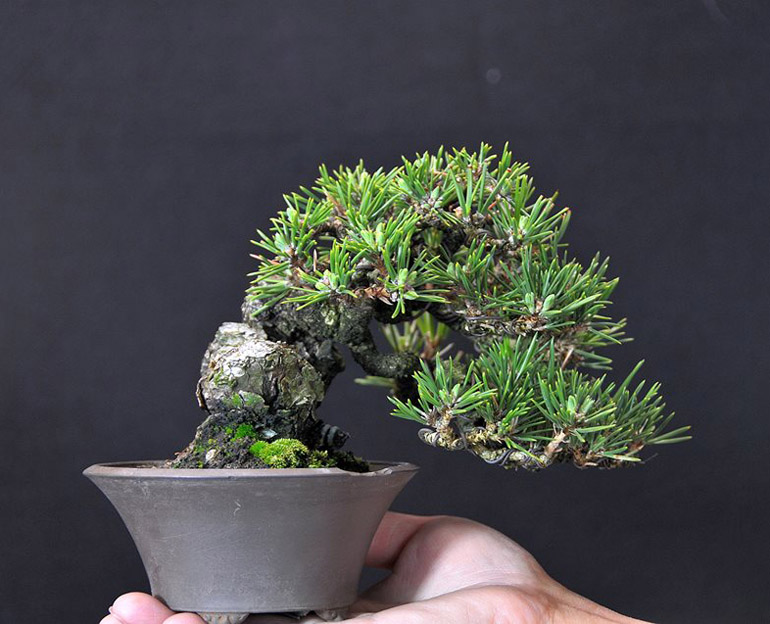
...here's our famous Pine book

Bonsai with Japanese Maples. Even though that's a Trident maple on the cover, it's about Japanese maples (mostly).
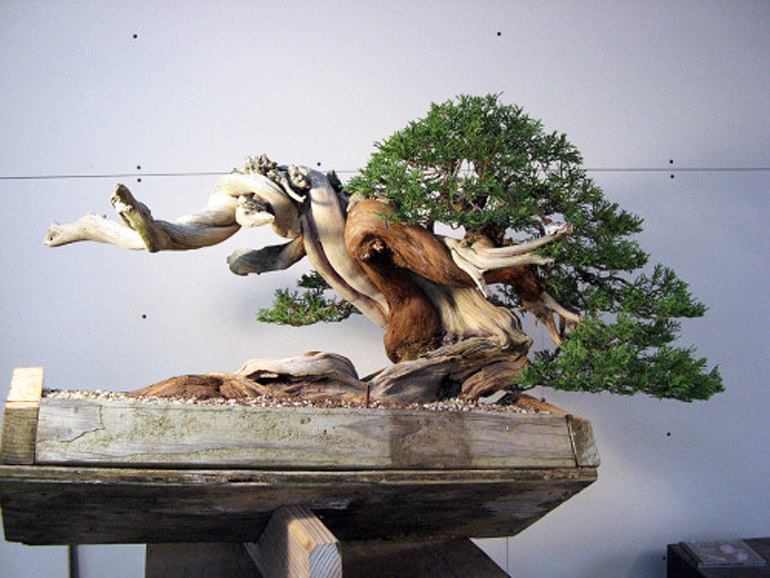 Not in its pot yet and not a perfect photo, but still...!
It's a Rocky Mountain juniper from
Not in its pot yet and not a perfect photo, but still...!
It's a Rocky Mountain juniper from  The Village even has
The Village even has  ...…it wouldn't even buy him a colorful (if a little fuzzy) breakfast at a B&B in Munchen, Germany… (he did try). Astoundingly, there were several other things his passport wouldn't do. However, it will get you into all kinds of wonderful bonsai places and events in and around Portland.
...…it wouldn't even buy him a colorful (if a little fuzzy) breakfast at a B&B in Munchen, Germany… (he did try). Astoundingly, there were several other things his passport wouldn't do. However, it will get you into all kinds of wonderful bonsai places and events in and around Portland.
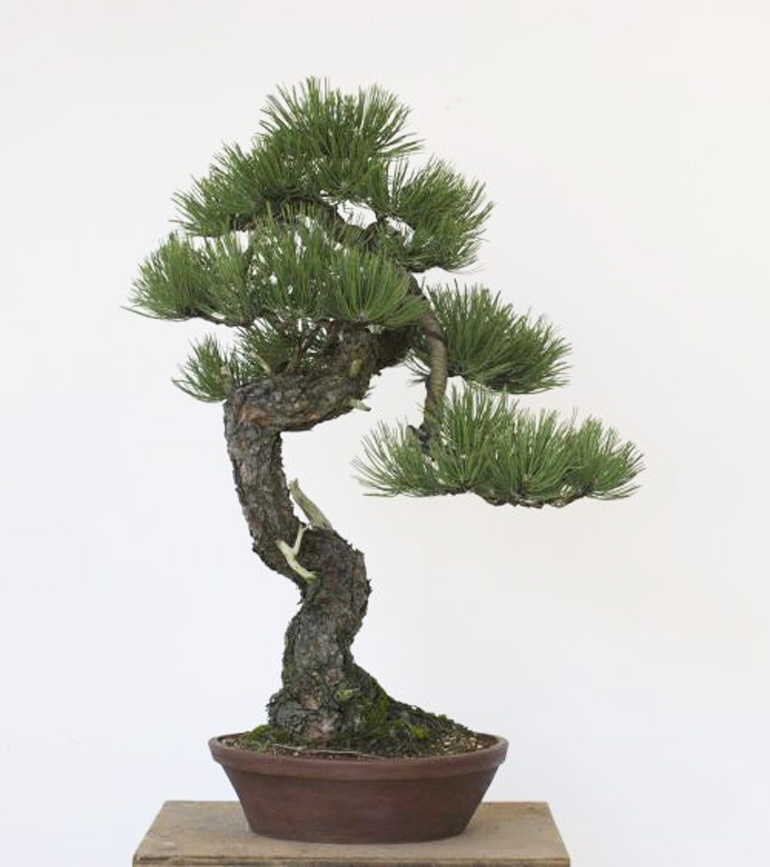
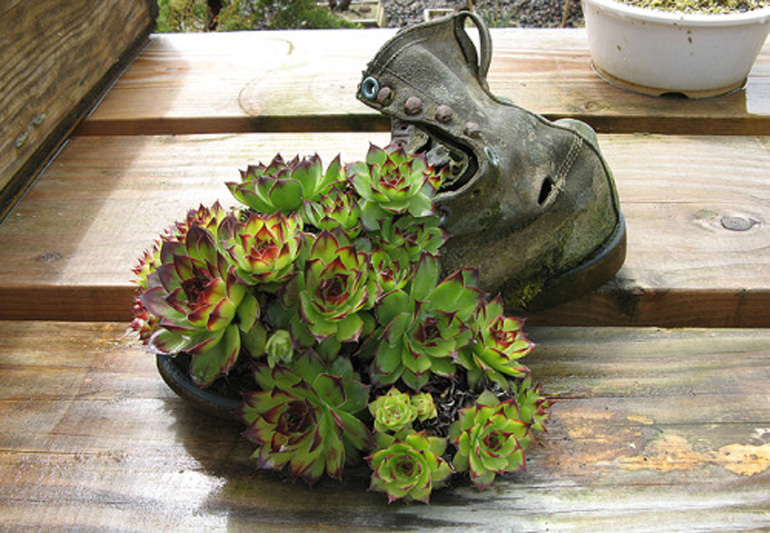

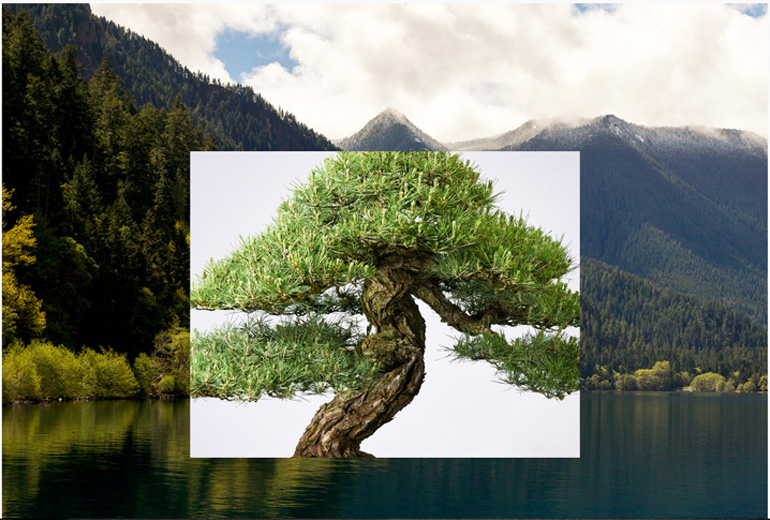
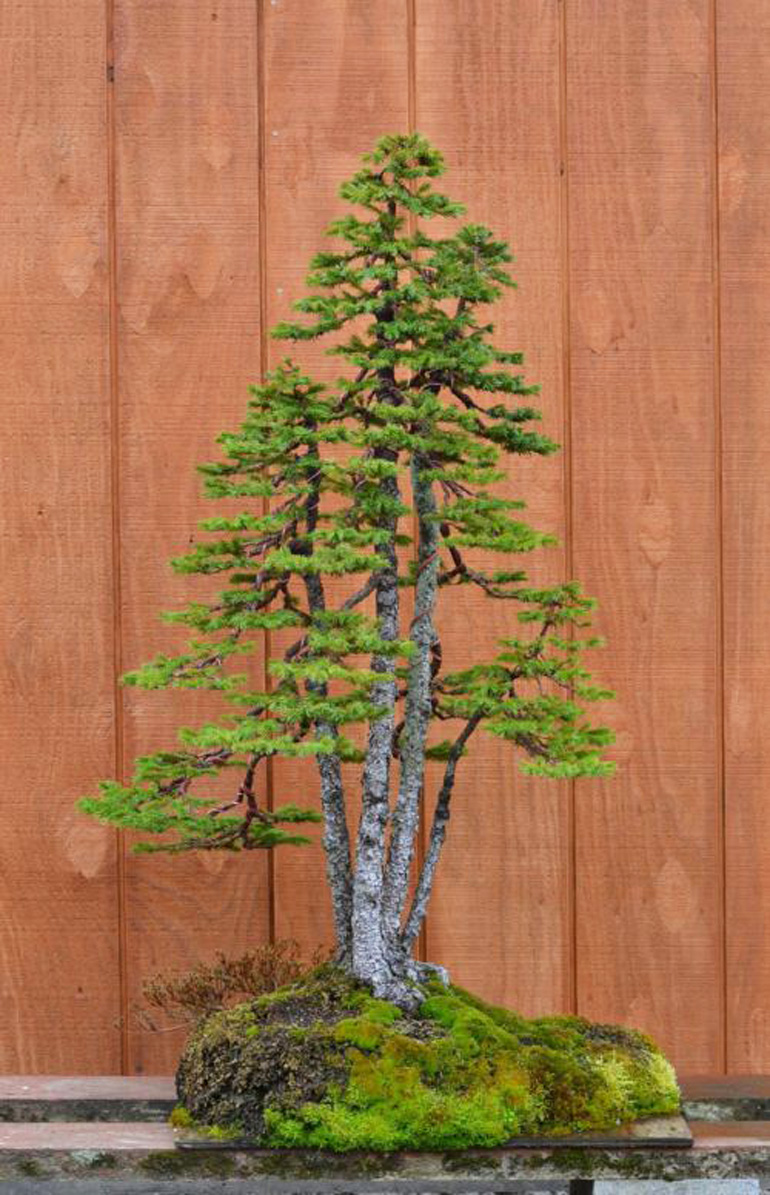
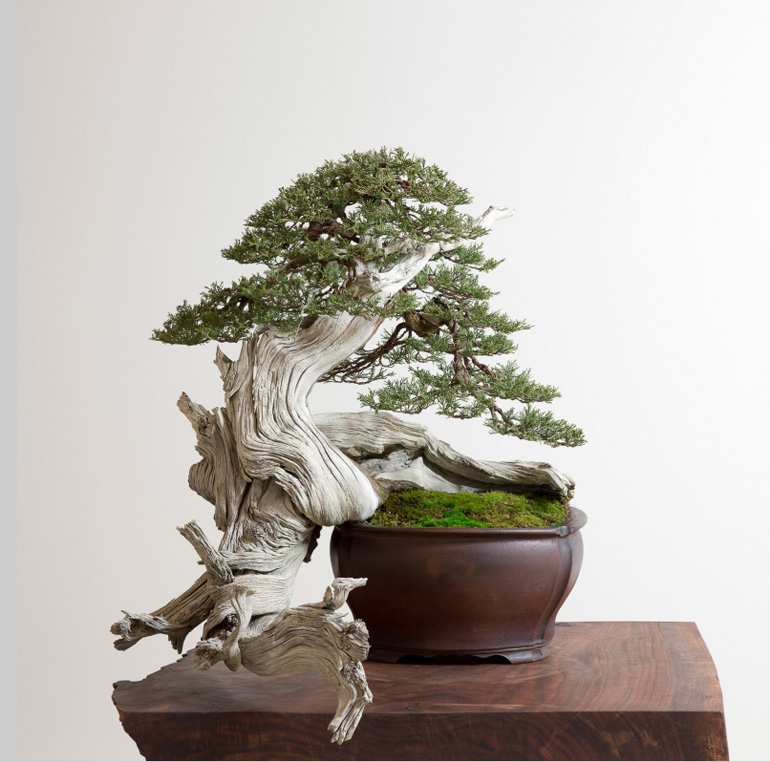
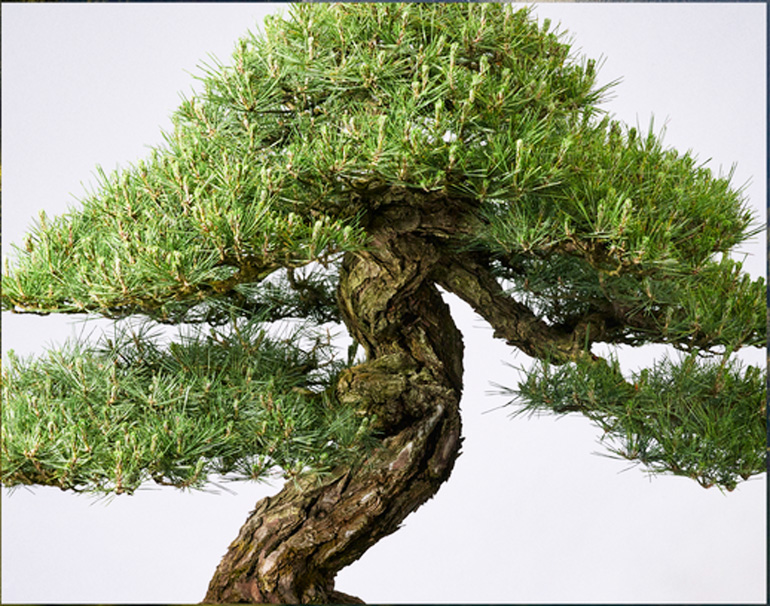
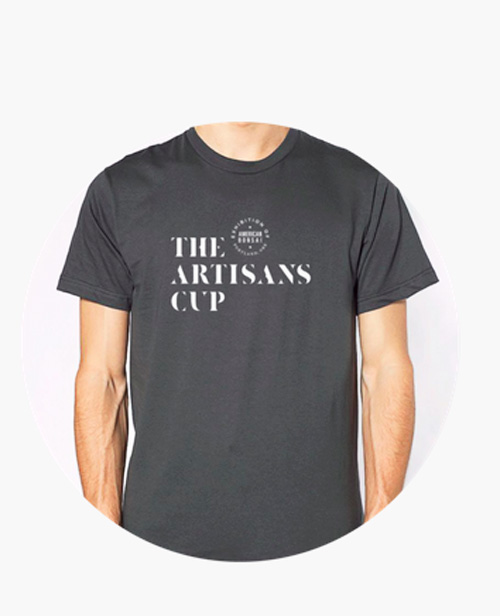





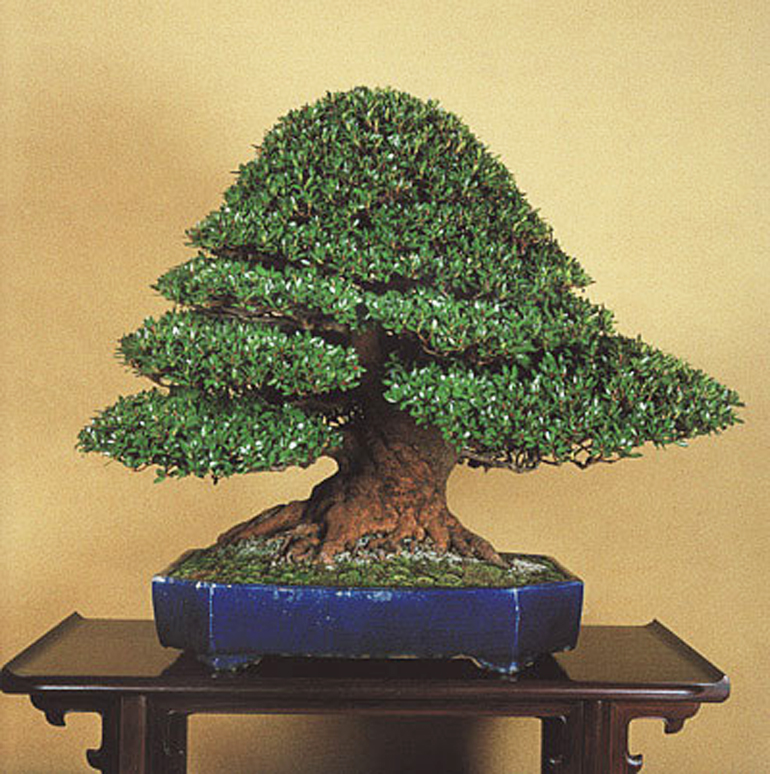 It's not always about the flowers. Some azaleas are powerful enough to hold their own year round. This one could be displayed anywhere, anytime.
It's not always about the flowers. Some azaleas are powerful enough to hold their own year round. This one could be displayed anywhere, anytime.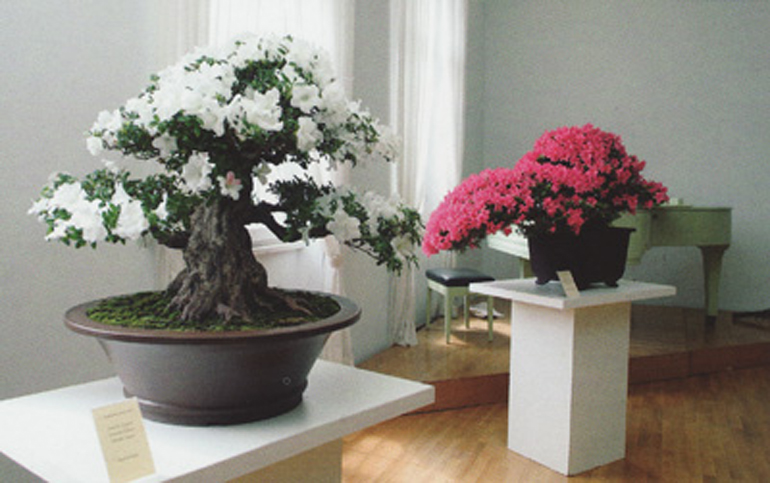

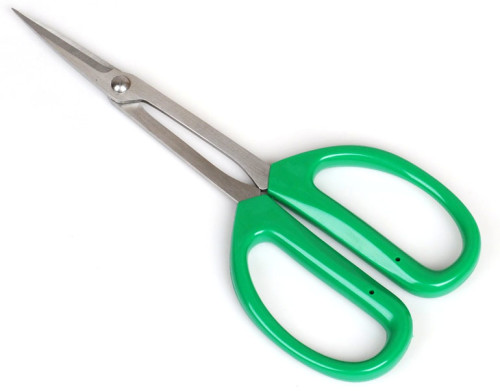


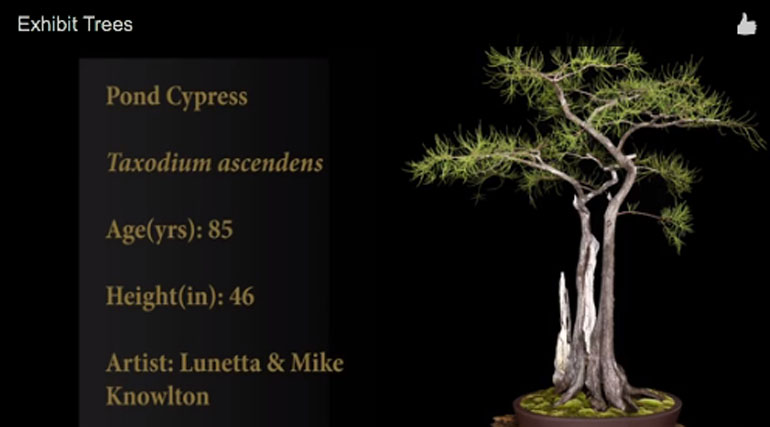




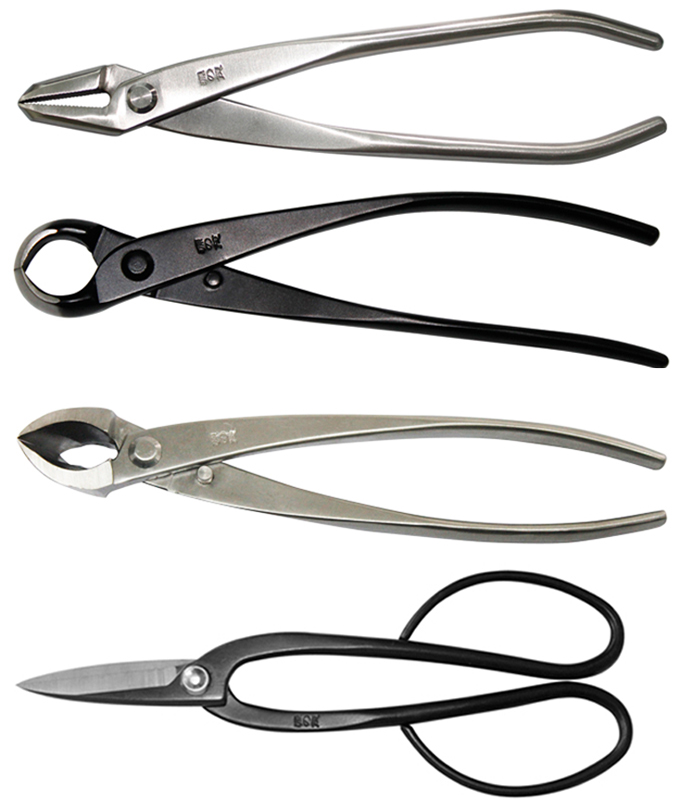
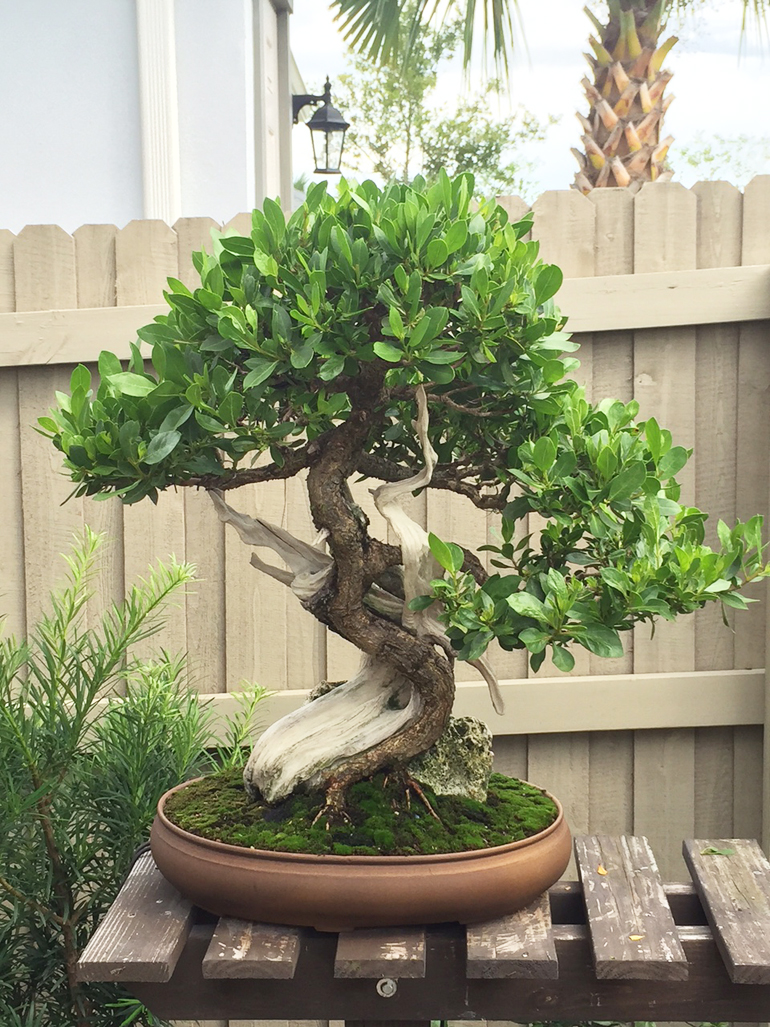
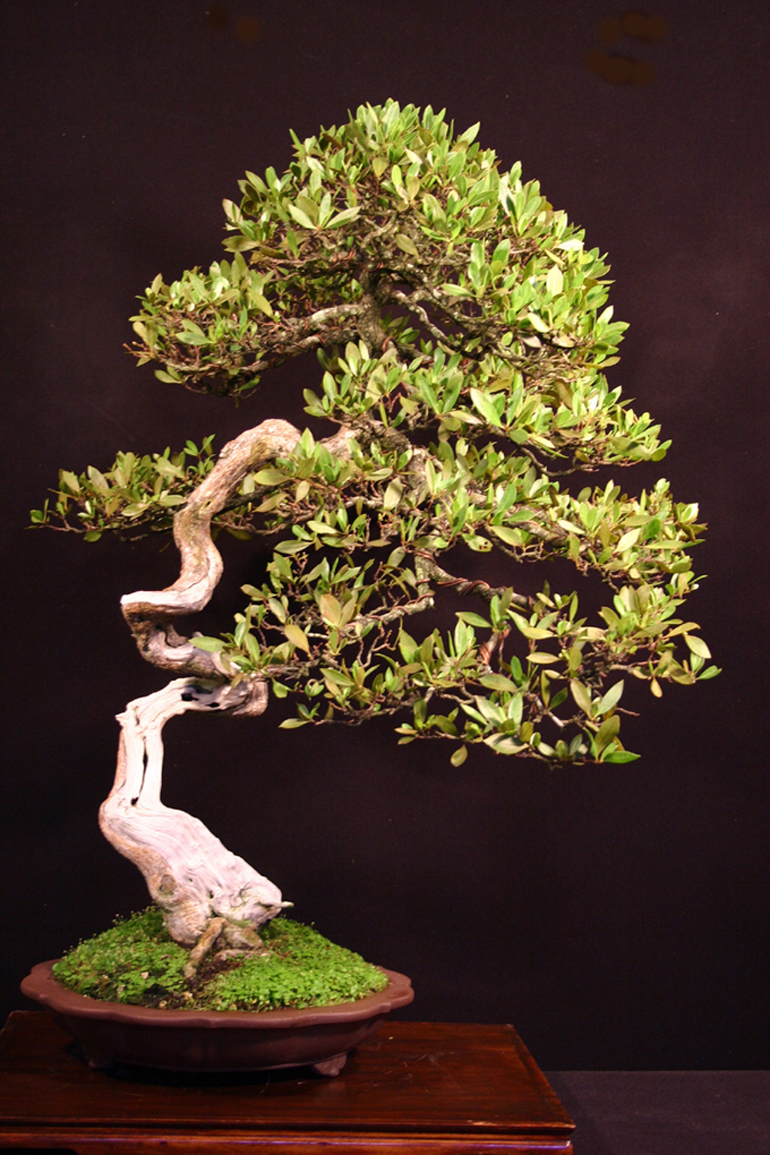 This now famous buttonwood belonged to
This now famous buttonwood belonged to 
